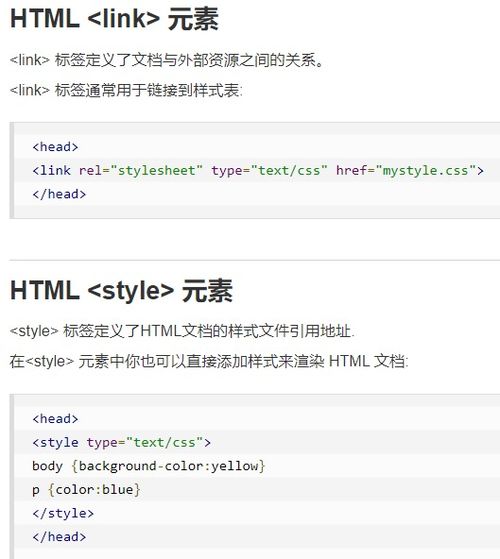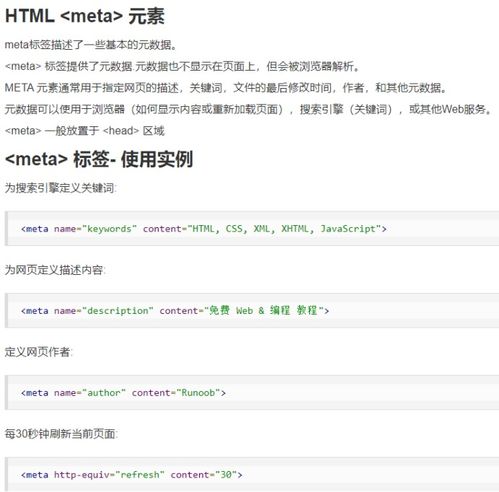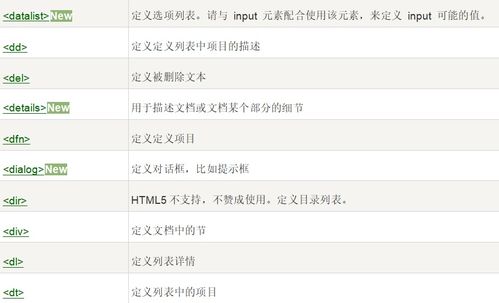Link Image: A Comprehensive Guide to Enhancing Your Online Presence
Are you looking to make your online content more engaging and visually appealing? If so, you’ve come to the right place. In this article, we will delve into the world of HTML link images, exploring their significance, usage, and best practices. By the end, you’ll be equipped with the knowledge to effectively incorporate link images into your web pages.
Understanding HTML Link Images

HTML link images, also known as linked images, are images that are embedded within HTML links. They are used to enhance the visual appeal of hyperlinks and provide a more interactive experience for users. By incorporating link images, you can make your website more engaging and memorable.
Why Use HTML Link Images?

There are several reasons why you should consider using HTML link images:
-
Increased Click-Through Rates: Studies have shown that images can significantly boost click-through rates. By using link images, you can make your hyperlinks more eye-catching and encourage users to click on them.
-
Improved User Experience: Link images can enhance the overall user experience by providing a more visually appealing and interactive element on your web pages.
-
Brand Consistency: By using consistent link images across your website, you can reinforce your brand identity and create a cohesive look and feel.
How to Use HTML Link Images

Using HTML link images is a straightforward process. Here’s a step-by-step guide:
-
Locate the image you want to use as a link image. Ensure that you have the necessary permissions to use the image.
-
Open your HTML file in a text editor or code editor.
-
Insert the following HTML code, replacing “image.jpg” with the name of your image file:
-
Save your HTML file and open it in a web browser to see the link image in action.
<a href="https://www.example.com"><img src="image.jpg" alt="Description of the image"></a>Best Practices for Using HTML Link Images
Here are some best practices to keep in mind when using HTML link images:
-
Use High-Quality Images: Ensure that the images you use are of high resolution and quality. This will help maintain the visual appeal of your link images.
-
Optimize Image Sizes: Compress your images to reduce load times and improve website performance. Use tools like TinyPNG or ImageOptim to optimize your images.
-
Use Descriptive Alt Text: Include descriptive alt text for your images to improve accessibility and SEO. This text should accurately describe the image and provide context to users who rely on screen readers.
-
Test on Different Devices: Ensure that your link images look and function correctly on various devices and screen sizes.
Table: Common HTML Link Image Attributes
| Attribute | Description |
|---|---|
| href | The URL of the page the link goes to. |
| src | The path to the image file. |
| alt | Descriptive text for the image, used for accessibility and SEO. |
| title | Additional text that appears when the user hovers over the image. |
| width | The width of the image in pixels. |
| height | The height of the image in pixels. |
Conclusion
HTML link images are a powerful tool for enhancing the visual appeal







